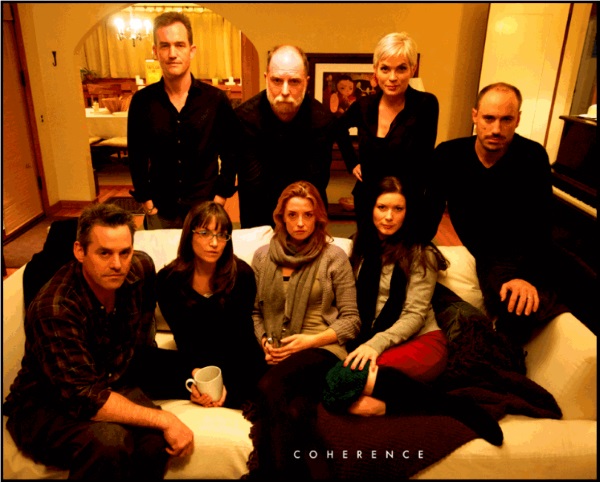

It is hypothesized that the two types of tone sequences induce differential rapid changes in connectivity among the neurons they drive. Synchronous and alternating tones are perceived differently even when the tones are well separated in frequency: the former are perceived as one source, while the latter are perceptually segregated into separate streams. ( a) Rationale for the design of the experiments.

Finally, (3) adaptive connectivity is postulated to require attentive listening to materialize, a conjecture based on previous findings that cortical responses and tuning properties remain largely unchanged during passive listening 16, 17. By contrast, highly uncorrelated (or temporally incoherent) activity leads to competitive (inhibitory) connectivity that mutually suppresses the overall responses while emphasizing the differences between them 14, 15. It postulates that neurons with highly correlated responses form cooperative (excitatory) connectivity that can mutually enhance their responses.

One conception of these associative processes is illustrated by the schematic of Fig. (2) Binding of coincident responses into one group representing a perceptual source, while segregating it from other non-coincident (or incoherent) responses. There are three key ingredients to explain how temporal coherence and attention could be implemented and exploited to disentangle complex sound mixtures such as speech and music: (1) Coincidence operations between pairs of neuronal responses encoding various acoustic features (for example, frequencies, pitches or locations), computations that have been widely invoked for many decades 10, 11, 12, 13. Finally, temporal coherence has also been demonstrated to play a role in co-modulation masking release 7, 8 and its dynamics have recently been imaged in the primary auditory cortex 9. Temporal coherence also explained why a few synchronous tone sequences perceptually pop-out even in the midst of a dense background of random tones 4, and why prominent electroencephalogram responses to these synchronous tones emerge even in the absence of other distinguishing features such as global changes in signal power or local tone densities 5, 6. For example, psychoacoustic experiments have demonstrated that sequences of synchronous tones were not perceptually segregated, even with large frequency separations 2 or when one of the sequences is stationary while the other fluctuated slightly in frequencies 3.

Temporal coherence refers to the postulate that all acoustic features of a sound generated by a single source fluctuate coherently in power over time, and that an attentive listener exploits this coherence to bind and segregate these features from a mixture that contains other temporally incoherent features produced by independent sources in the environment 1.Įvidence for this role of temporal coherence has been demonstrated in psychoacoustic, brain imaging and computational studies, but not in single-unit neurophysiological studies.
#Coherence explained series#
A series of recent studies have suggested that two factors play key roles in this process: the temporal coherence principle and attention. The ease with which humans and other animals perform this feat is remarkable. The ability to recognize a target source and segregate it from a complex mixture of sounds is a requisite skill for sensory perception in realistic cluttered environments. Temporal coherence and attention are therefore both important factors in auditory scene analysis. Responses, sensitivity and presumed connectivity were rapidly enhanced by synchronous stimuli, and suppressed by alternating (asynchronous) sounds, but only when the animals engaged in task performance and were attentive to the stimuli. Here we report on neural correlates of this process as rapidly reshaped interactions in primary auditory cortex, measured in three different ways: as changes in response rates, as adaptations of spectrotemporal receptive fields following stimulation by temporally coherent and incoherent tone sequences, and as changes in spiking correlations during the tone sequences. It postulates that a signal is perceived as emitted from a single source only when all of its features are temporally modulated coherently, causing them to bind perceptually. A basic mechanism to implement this process is the temporal coherence principle. Perception of segregated sources is essential in navigating cluttered acoustic environments.


 0 kommentar(er)
0 kommentar(er)
